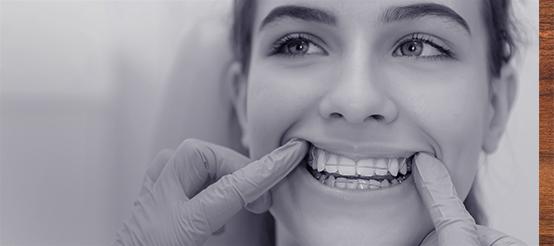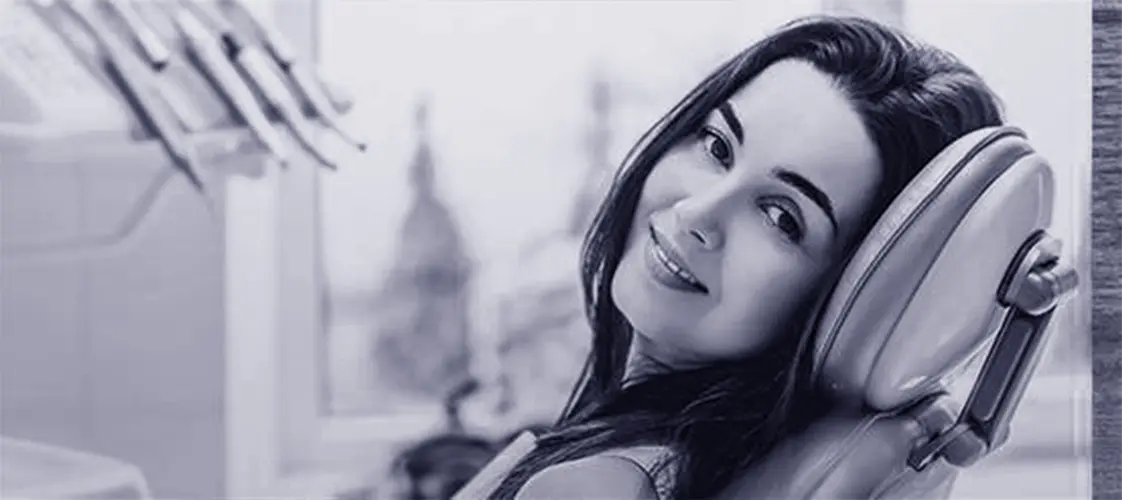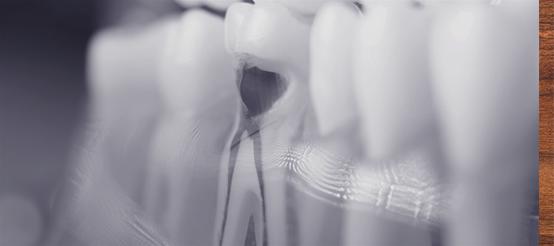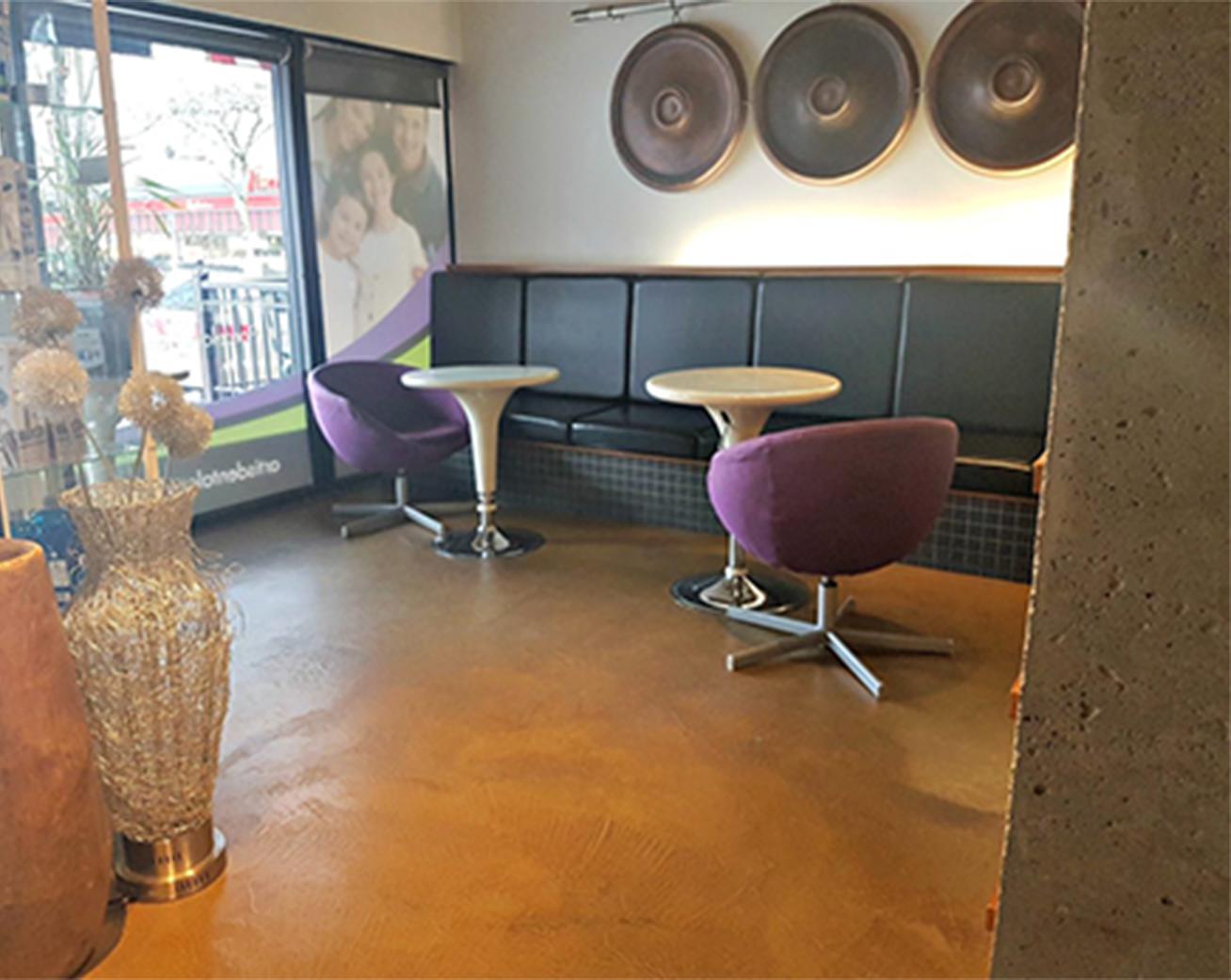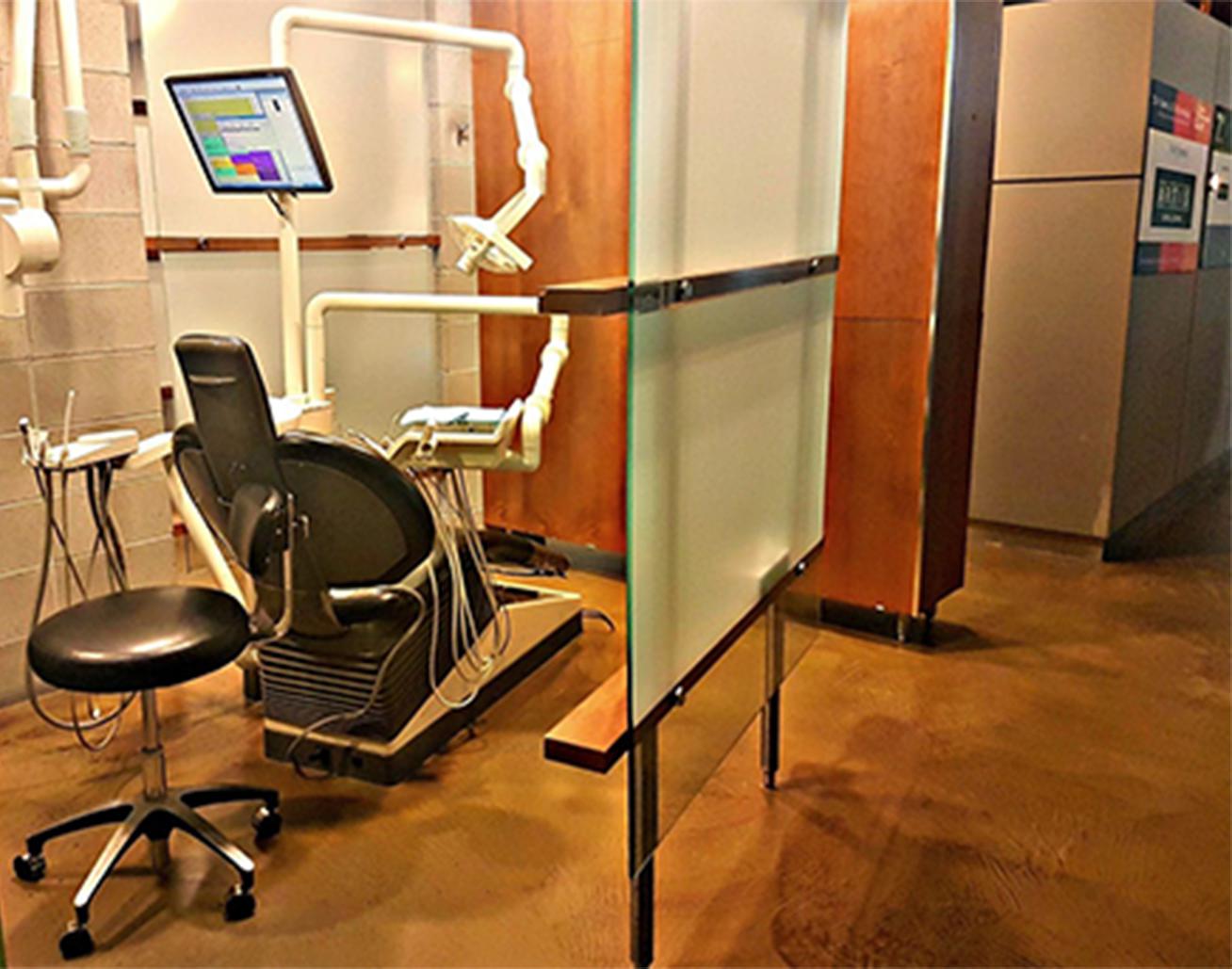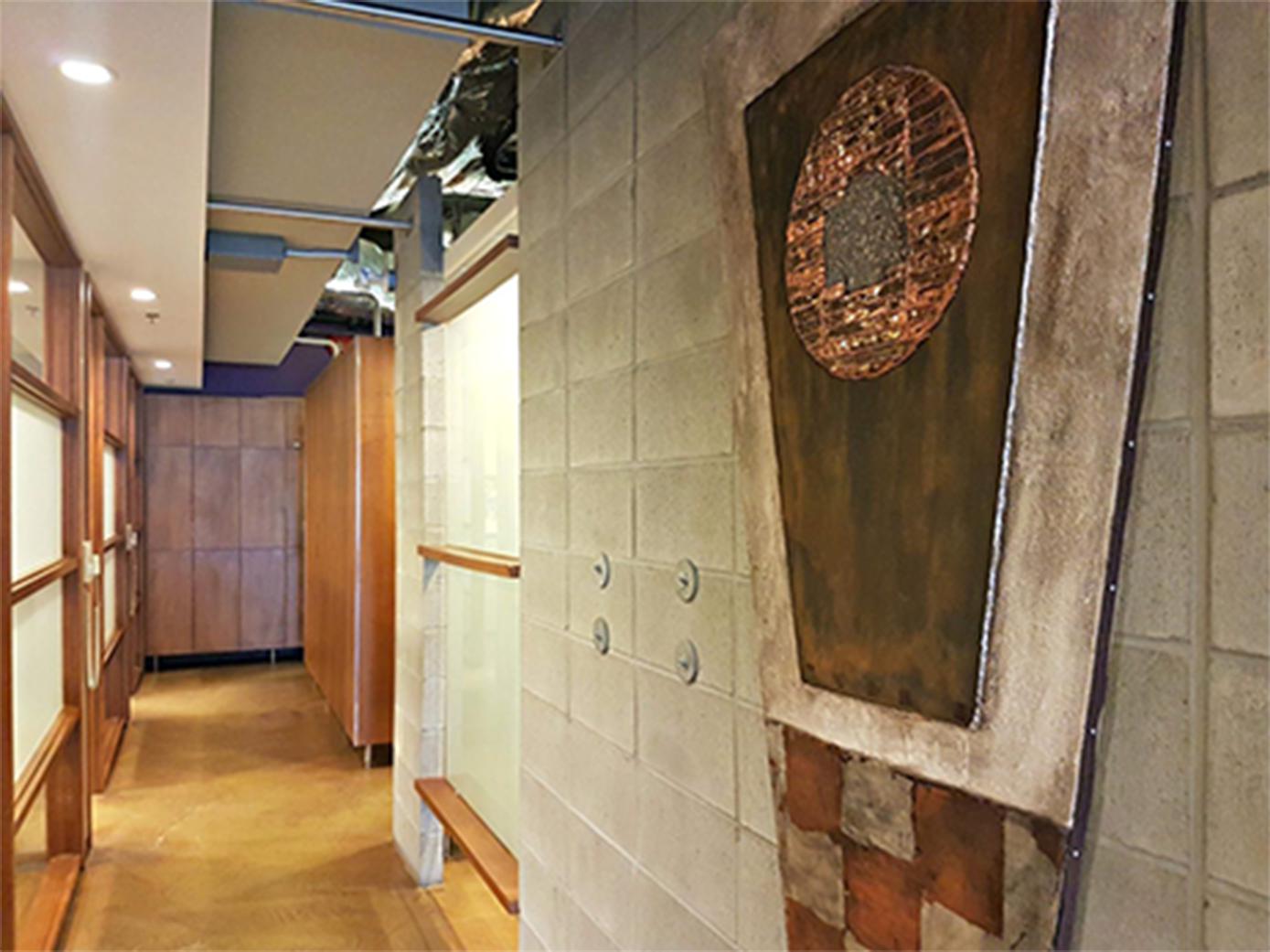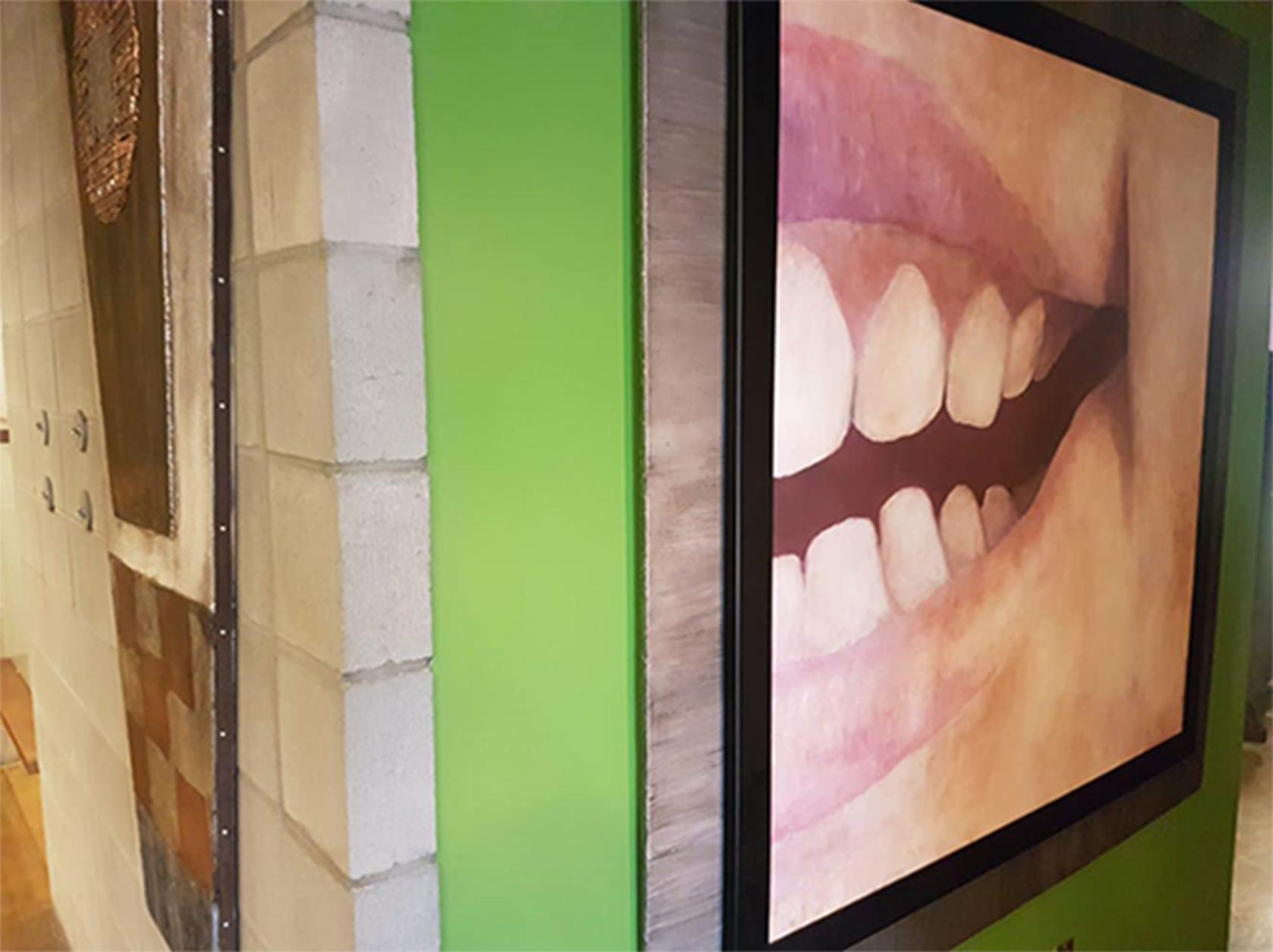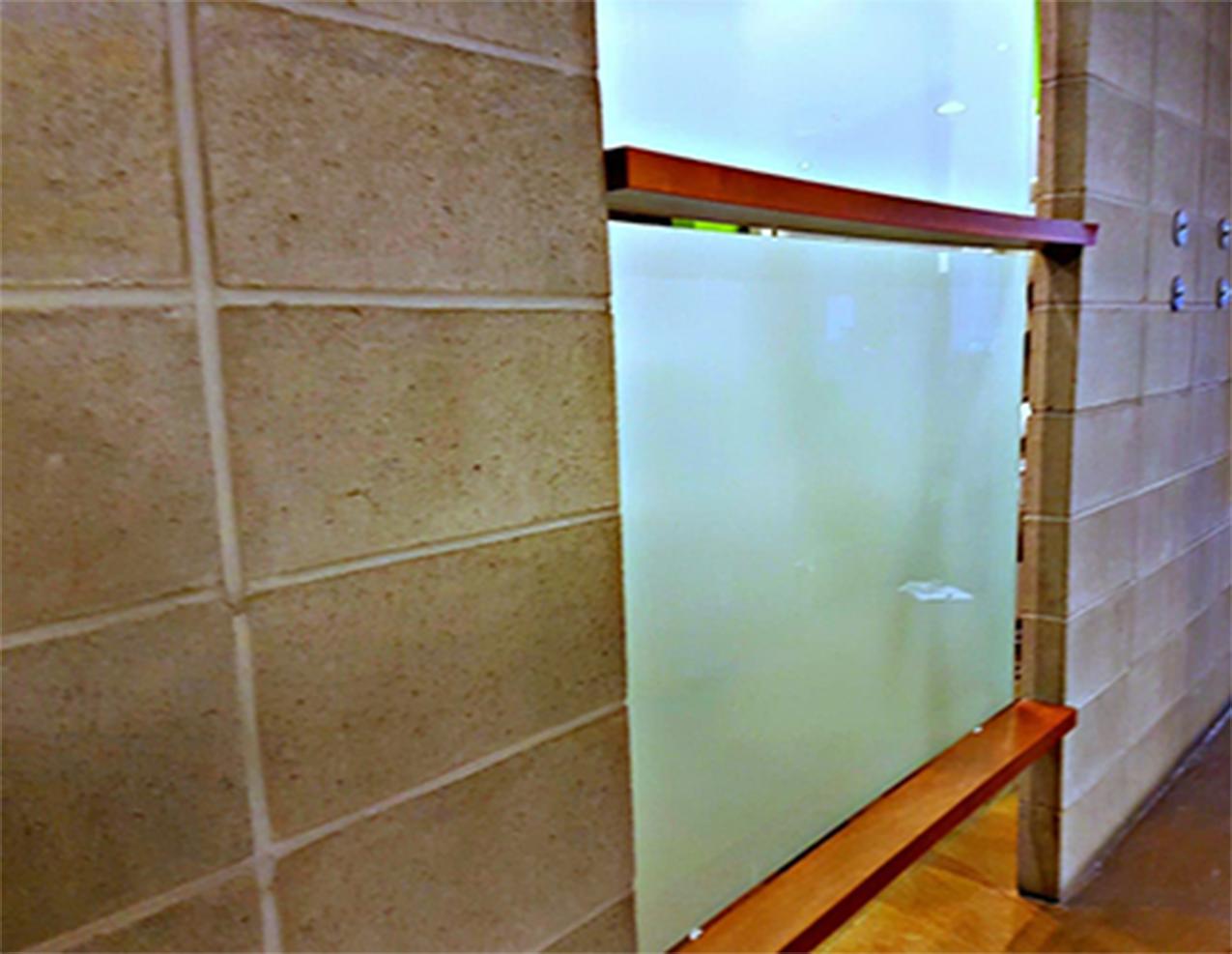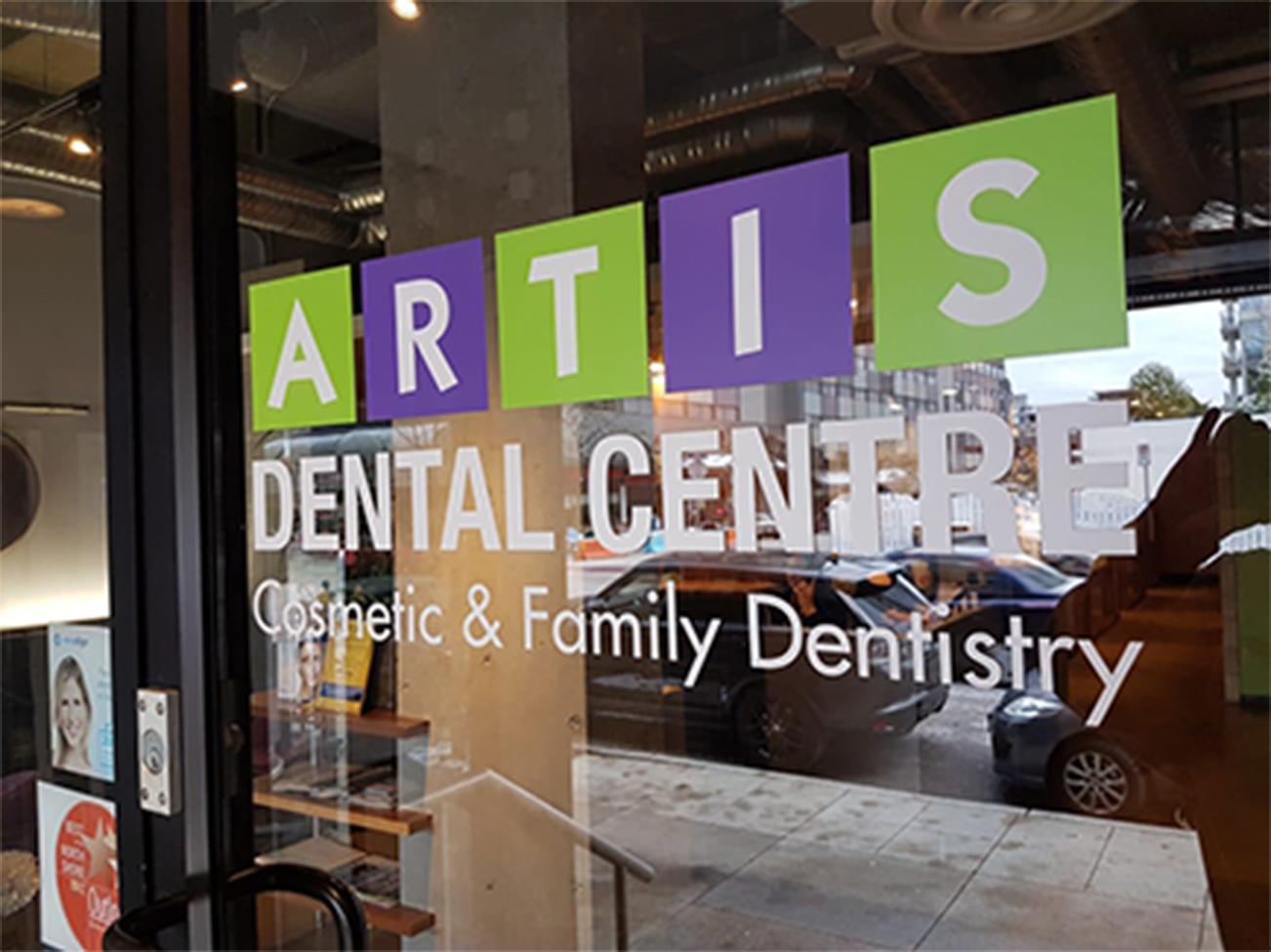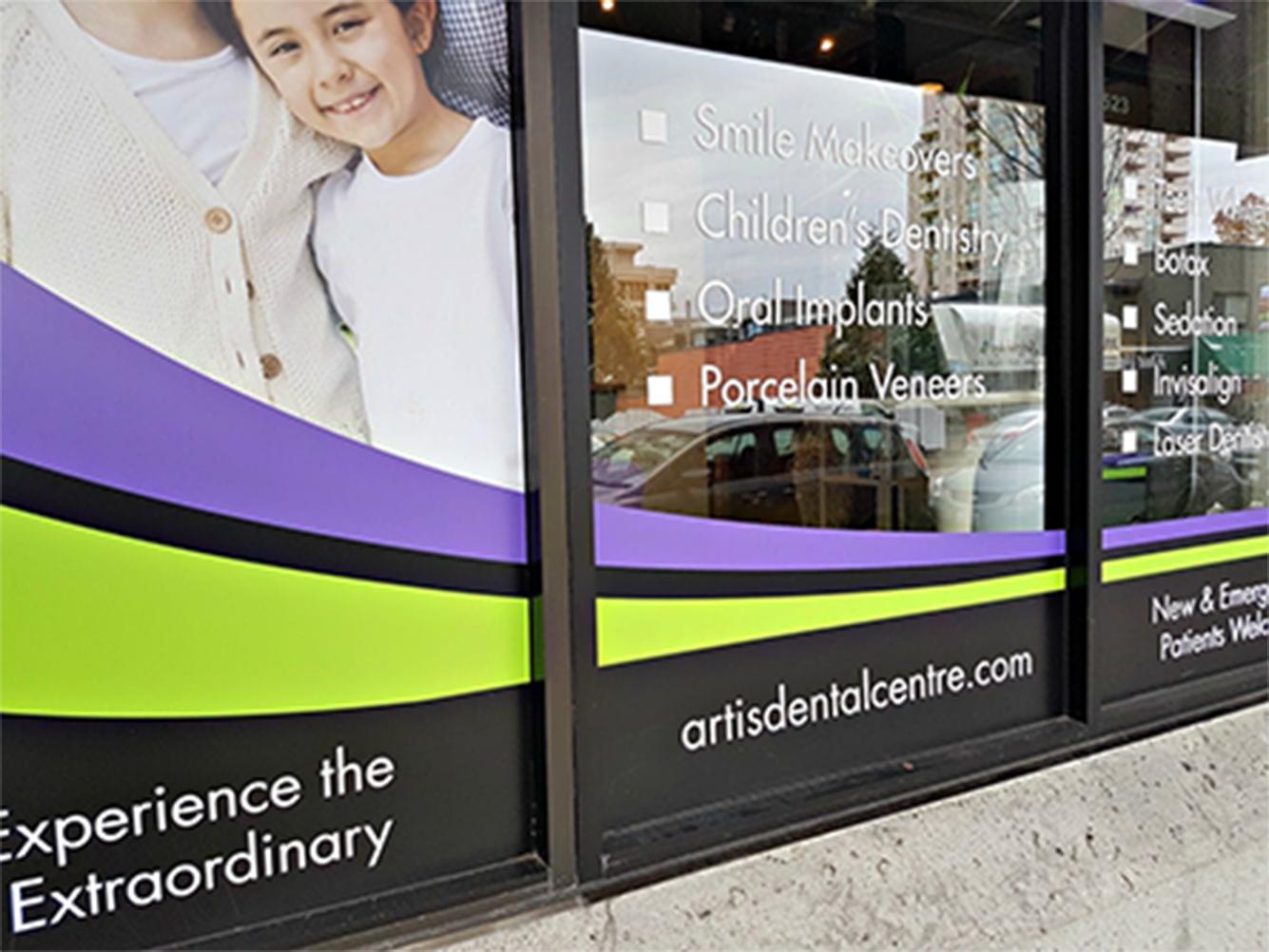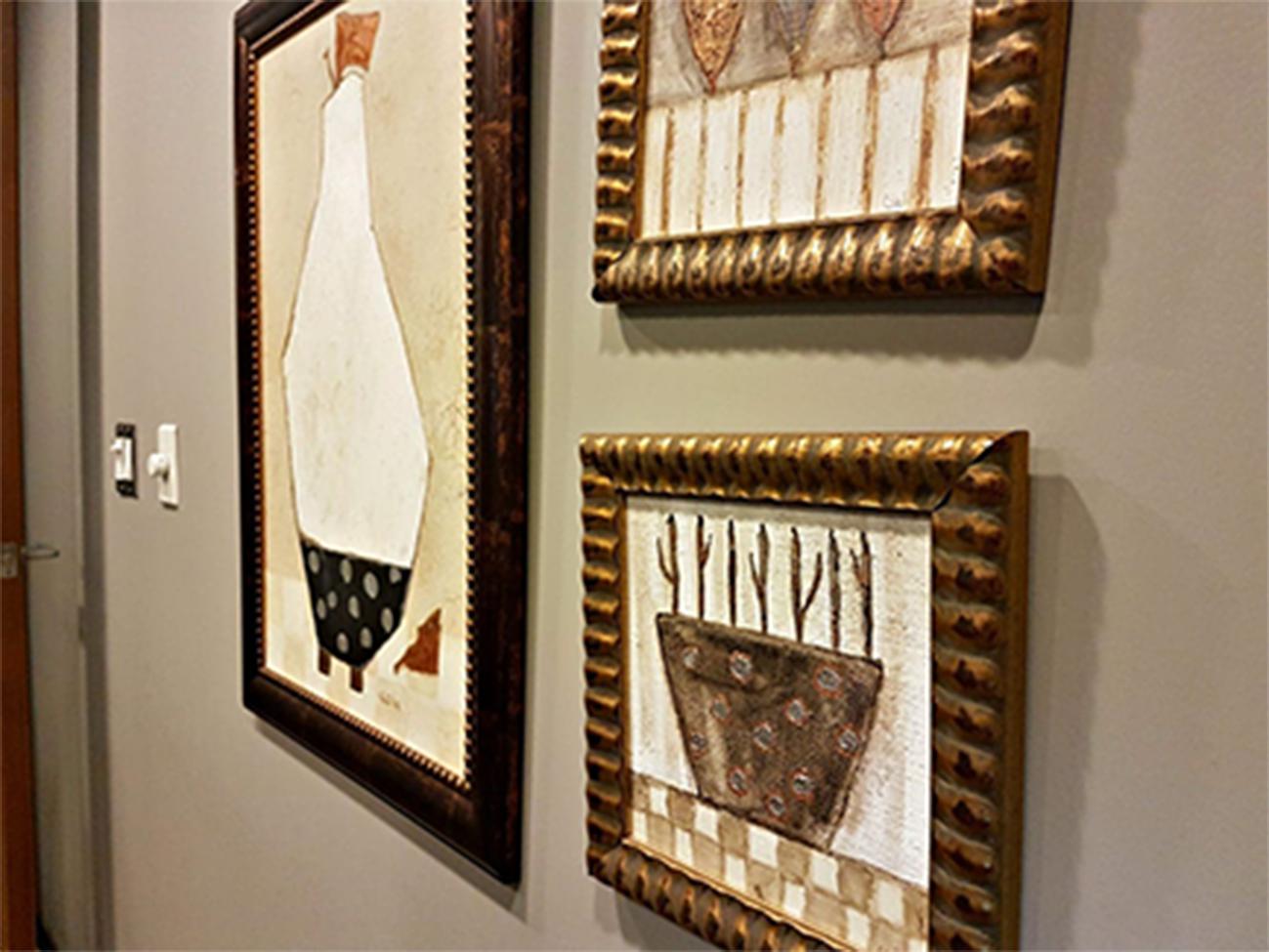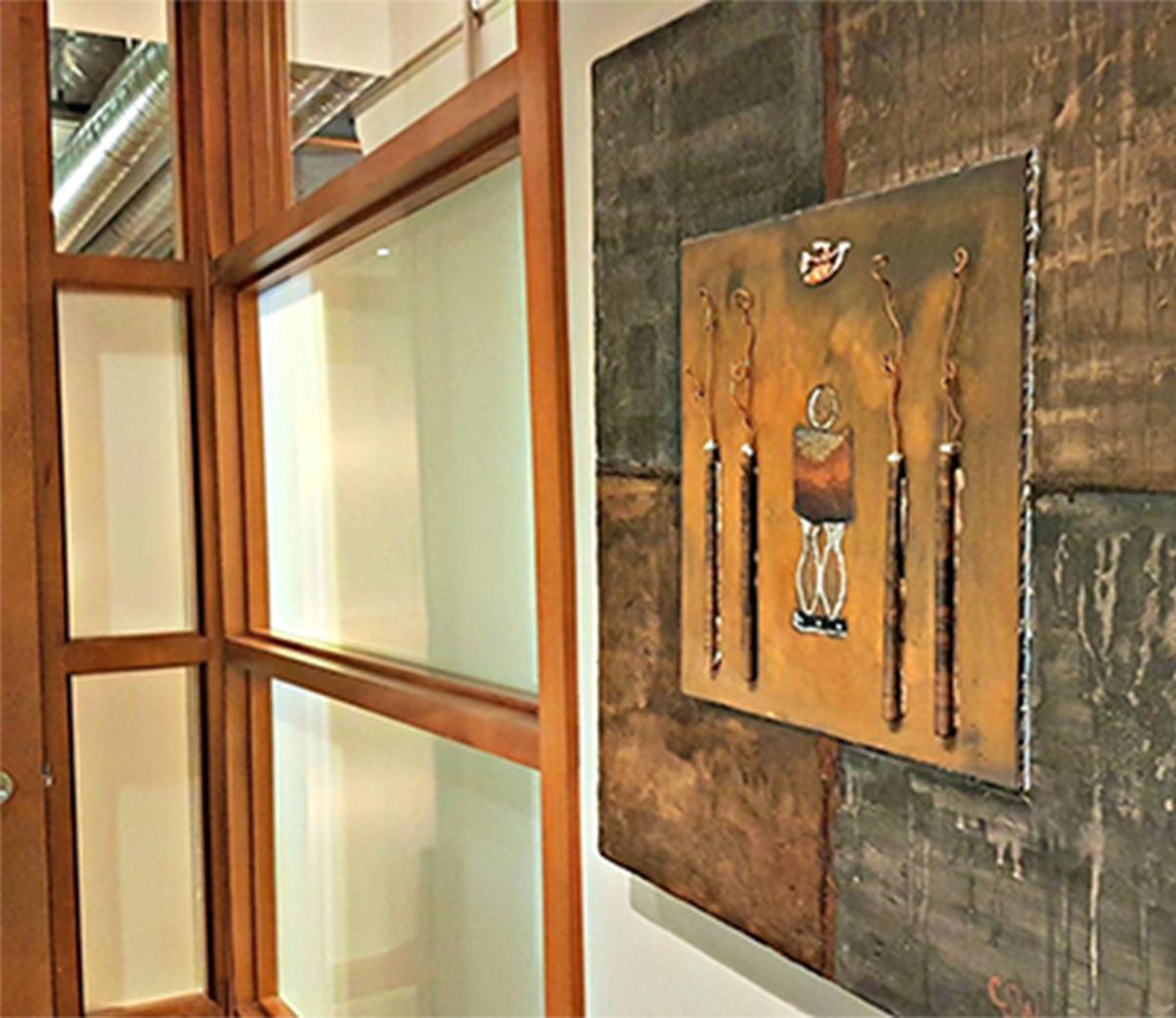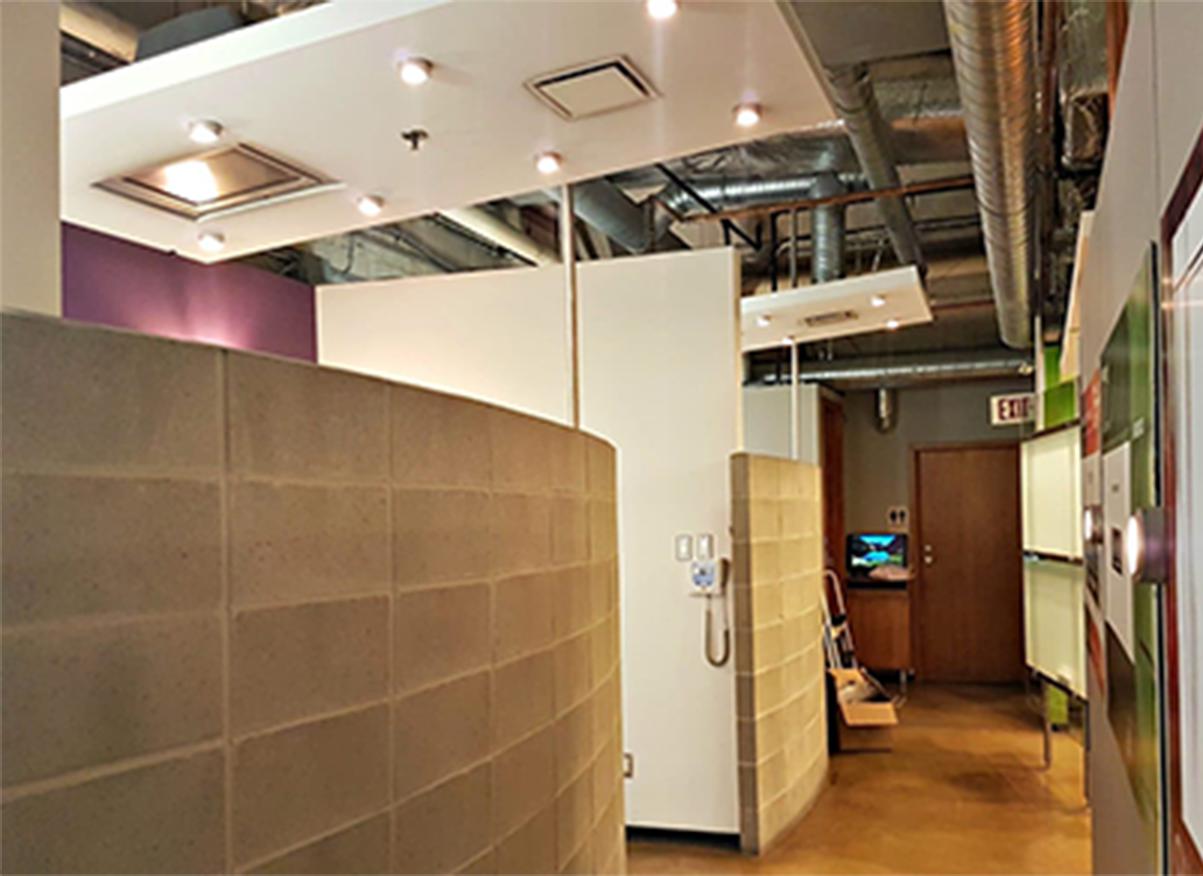
Finding the Perfect Fit
Many people underestimate how difficult daily life can be if you need dentures. Even if you do have dentures, the right pair is essential to both comfort and efficiency. In this article, we will be exploring what you should know about getting dentures and the different types available.
What Dentures Do
Dentures are artificially made teeth and gums used to replace lost, damaged, or diseased teeth. They are usually created to fit the form of a patient’s mouth to provide comfort, effectiveness, and a realistic substitute for lost natural teeth.
There are many different reasons that an individual may need dentures. Proper dentures can assist patients in eating, speaking, and support of facial muscles, and are also noted to improve self-esteem. From aesthetic improvement to the replacement of lost teeth, dentures are a key component in the lives of many.
Different Types of Dentures: Partial & Complete
Partial
Partial dentures are used when a patient has some remaining teeth, but not enough to replace with bridges or dental implants. They may also be used if the teeth surrounding those that are missing simply aren’t strong enough to support alternative tooth replacement methods. Partial dentures may consist of as little as one artificial tooth.
Types of Partial Dentures
Cast metal – These are the most common type of partial dentures and can be either permanent or removable. Usually, the removable type will have clasps that attach to the surrounding teeth. These make the partial dentures easy to remove and clean as needed.
However, some cast dentures are highly precise and can be used more permanently. Regardless of how permanent they are, yearly check-ups are required to determine that they are still the right fit and in alignment within the patient’s mouth.
Flexible – Flexible partial dentures are often considered more comfortable and aesthetically pleasing than their metal-framed counterparts. They also come in both removable and permanent types and are made out of super polyamides. The result of these materials are dentures that are much more flexible and soft.
Flippers – Acrylic removable partial dentures, or “flippers”, are usually considered temporary solutions due to being more affordable but less convenient. They are known for being bulky and may not be as comfortable when eating and talking as the other partial options.
Complete
Full dentures – commonly thought of as “false teeth” – replace all teeth on the top, bottom, or both gumlines. Like partials, they are created to fit the needs of the individual, and when properly fitted and cared for may last up to 10 years.
Types of Complete Dentures
Immediate dentures – Immediate dentures are designed to be used directly after tooth extraction, and are created using measurements and models of your jaw and mouth while the natural teeth are still in place.
Conventional dentures – These are created at any time after teeth have been lost or removed, and do not rely on the measurements of the natural teeth to be made.
Both immediate and conventional complete dentures are usually created using a type of resin that sits directly on the gumline. When fitted properly, they stay in place without the need for adhesive. Many different types of adhesives are available regardless, as some individuals prefer the added security.
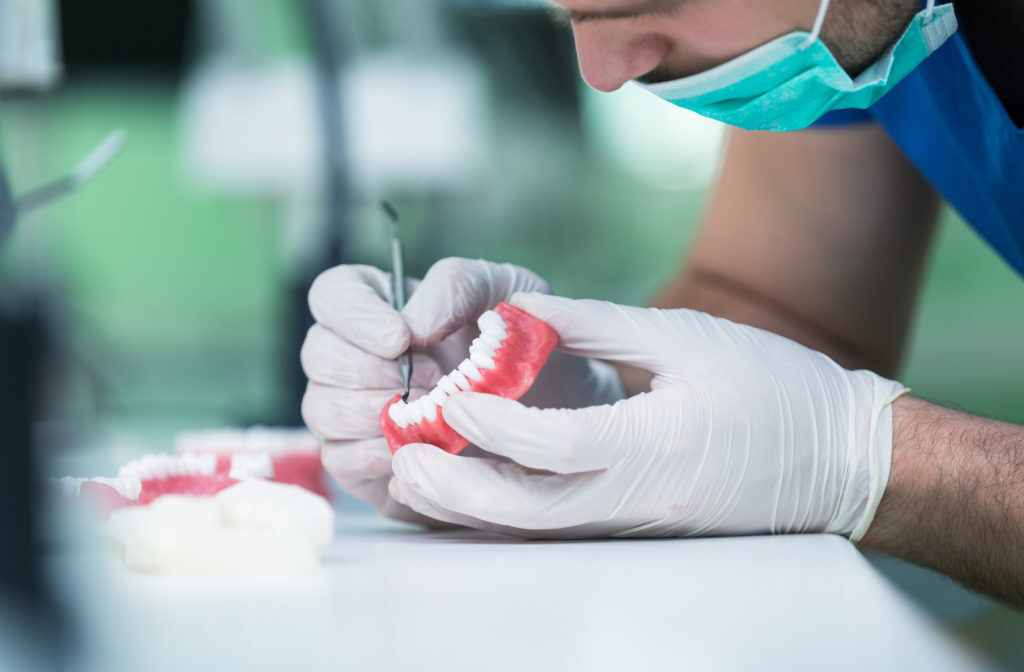
Additional Types & Terms
Now that we’ve covered the essentials, here are some additional denture options.
- Implant-supported dentures. In some cases, an implant-supported denture may be the best fit. These types of dentures are used in conjunction with dental implants for added security. Overdentures are a type of implant-supported denture that sits on top of the gums but is held in place by dental implants.
- Economy dentures. These are a one-size-fits-all option that is usually found to be the most cost-effective but least comfortable and realistic looking. They almost always require adhesive due to their generic design.
- Custom dentures. On the opposite end of the spectrum, custom dentures are made with the patient’s preferences at the forefront – these dentures even sometimes allow for the individual to design their smile with the help of experts. Usually, these are the most expensive type of denture due to the amount of work and detail needed to create them, not to mention that more expensive types of artificial teeth may be used. These are often the most natural-looking type of dentures as well because of the high levels of quality and customization.
What’s Right for You?
If you are a bit overwhelmed with all of the different types of dentures and tooth replacement methods available, don’t hesitate to book an appointment and talk it all over with your dentist.
With the right information and expert advice, the perfect solution will be as easy to see as your new smile!




